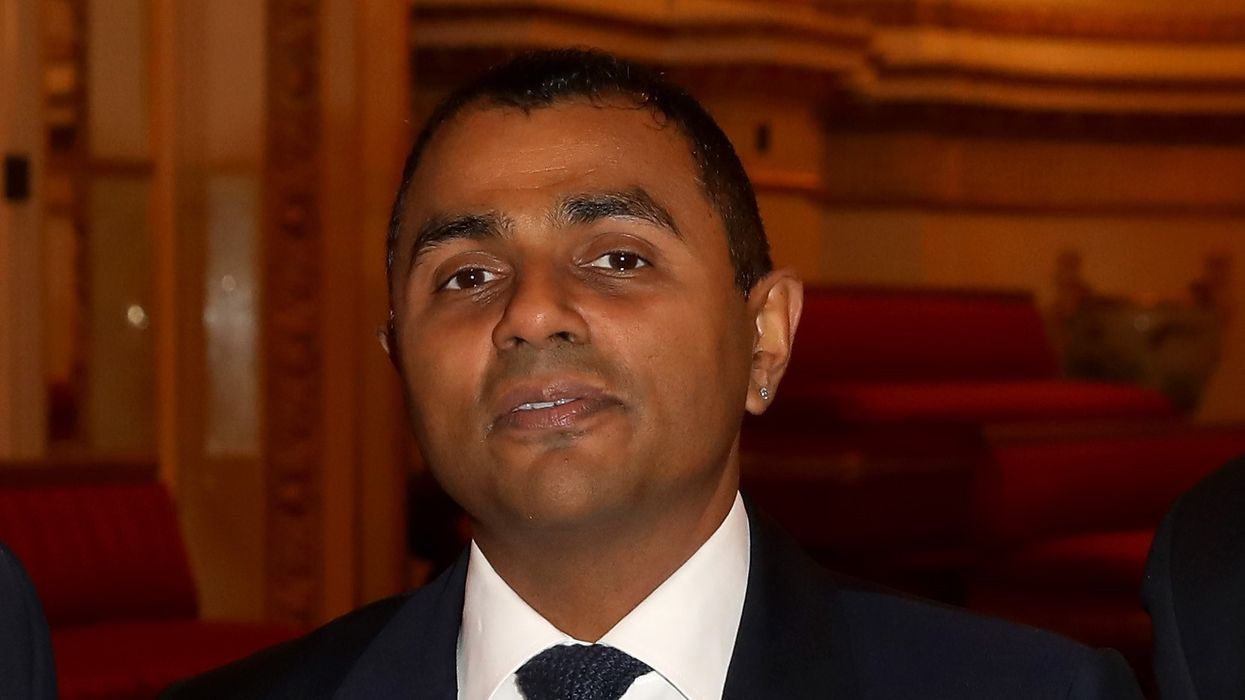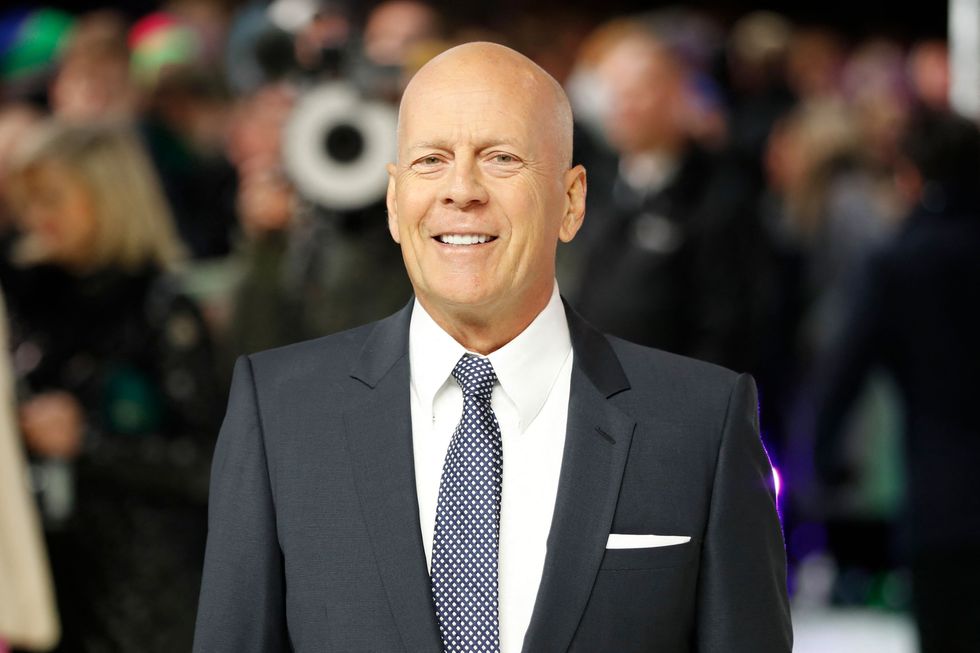Ayushmann Khurrana and Nushrat Bharucha starrer Dream Girl took a flying start at the box office in India by collecting Rs 10.05 crore on day one. As the reviews were positive and even the word of mouth was good, it was expected that the film will show a jump at the box office. But, the growth over the weekend has turned out to be extraordinary.
On Saturday, the film showed a huge jump at the box office and collected Rs 16.42 crore and on Sunday it went on to collect Rs 18.10 crore. The three-day collection of the film is Rs 44.57 crore which is excellent. Balaji Motion Pictures tweeted, “Dream girl is having a Dream run at the box office. Have you booked your tickets to this Dreamy movie yet? @ayushmannk @NushratBharucha @riteishd @ektaravikapoor @ruchikaakapoor.”
Dream girl is having a Dream run at the box office. Have you booked your tickets to this Dreamy movie yet? @ayushmannk @NushratBharucha @riteishd @ektaravikapoor @ruchikaakapoor pic.twitter.com/qYTiNlSZPJ
— BalajiMotionPictures (@balajimotionpic) September 16, 2019
Well, looking at the weekend collection we can say that the film will continue to do well at the box office on the weekdays.
Ayushmann is having a dream run at the box office from the past couple of years. His last five releases, Bareilly Ki Barfi (2017), Shubh Mangal Saavdhan (2017), Andhadhun (2018), Badhaai Ho (2018) and Article 15 (2019), have turned out to be hit at the box office. With Dream Girl, he will have a sixth hit in a row.
Earlier while talking about his upcoming films, Ayushmann had told a daily, “I’ve been consciously working towards disrupting content and constantly giving audiences something new to see, to talk about and to enjoy. The next four films are some of the best scripts I’ve ever read in my career and it’s meant for an audience who love to see good cinema.”
This year, Ayushmann will be seen in one more film which is titled as Bala. In the movie, the actor will be seen playing the role of a guy who is facing an issue of pre-mature balding. Apart from Bala, Ayushmann has movies like Gulabo Sitabo and Shubh Mangal Zyada Saavdhan in his kitty.

















 Emma Heming Willis shares emotional insight into Bruce Willis’ battle with frontotemporal dementia Getty Images
Emma Heming Willis shares emotional insight into Bruce Willis’ battle with frontotemporal dementia Getty Images  Bruce Willis continues to show strength despite dementia affecting his language and communicationGetty Images
Bruce Willis continues to show strength despite dementia affecting his language and communicationGetty Images Emma Heming Willis and Bruce Willis arrive for the annual "Room To Grow" Spring benefit in 2017Getty Images
Emma Heming Willis and Bruce Willis arrive for the annual "Room To Grow" Spring benefit in 2017Getty Images Bruce Willis’ dementia started as a whisper, Emma Heming reveals in emotional family confessionGetty Images
Bruce Willis’ dementia started as a whisper, Emma Heming reveals in emotional family confessionGetty Images